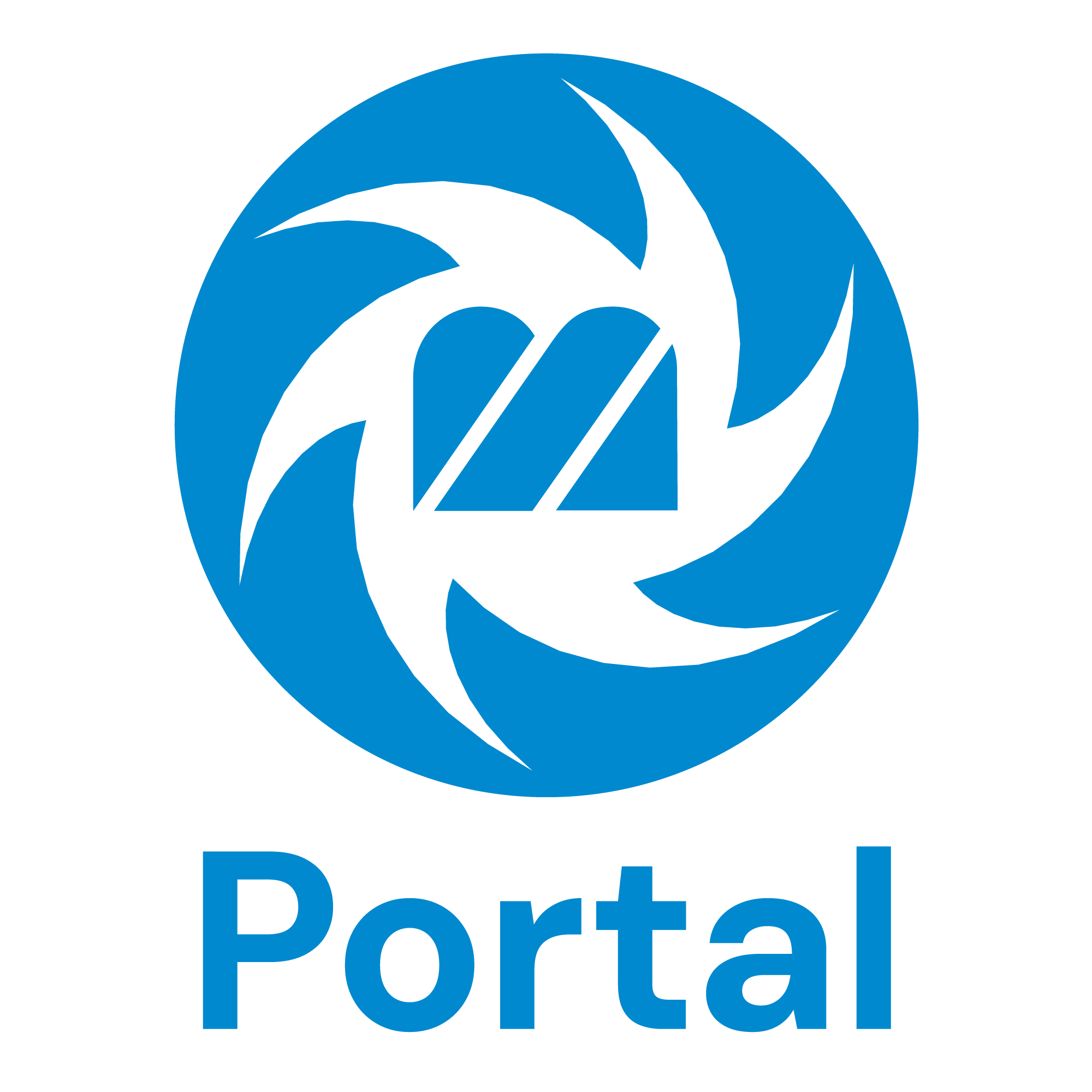Getting Started
Initial login
For a user to be able to administer and configure Monitor Portal they need some kind of administration access.
Monitor Portal is delivered with a root administration group that has access to all functionalities.
When you install Monitor Portal, there is a pre-set user account that is a member of the root administration group:
- ADMIN – your Monitor ERP administration account.
Log in as ADMIN and start configuring the basics for Monitor Portal.
Add administrators
- Go to Administration | User groups and click Root administration group to add root administrators.
- In the field Add linked users you search for the user you want to add, and then click on it to add it to the list of linked users. Please note that only Monitor ERP-users with a full license can be selected.
- Click Save. The added user is now a Monitor Portal-administrator and can log in with their usual password for Monitor ERP.
Portal settings
Portal settings are found under Administration | Portal settings. These settings affect Monitor Portal in its entirety and are not tied to a specific user group.
Set the theme and the graphic profile for your portal.
To activate file uploads in different procedures, you need to specify where there files will be stored.
Available file paths are loaded from the procedure in Paths Monitor ERP.
Configure and test e-mail settings This is needed for user registration and e-mail messages regarding forgotten passwords.
User groups are the backbone of Monitor Portal, so it is important to take the time to structure the groups in a way that will make administration easier in the long term.
What groups should I create?
If there are clear differences in user roles, structuring the user groups by user roles is a good start. Resellers, suppliers, service providers, internal sales are examples of different user groups that should have different levels of access, and for that reason should be set as different user groups.
This is sufficient for most scenarios, but depending on your needs, the groups listed above may need to be subdivided further. You can always great new user groups, should the need arise.
A good rule of thumb to use: if access rights differ, a separate user group is needed. For example: if certain resellers have permission to create new customers, but other resellers do not have such permission, they need to be in different user groups.
Procedure settings
Activate the procedures and functionalities that you want each respective user group to have access to. For most procedures, there is a separate menu for Access where you can select which boxes and fields should be shown or hidden. You can also set which fields should be mandatory or have a default value.
Basic filter
Link filters to limit available data for different user groups. This is done in the Entity filter procedure under Administration | Entity filter.
Add your filters in the user groups for them to come into effect.

